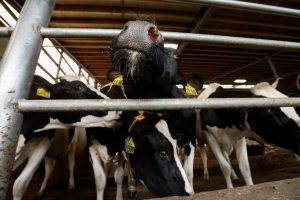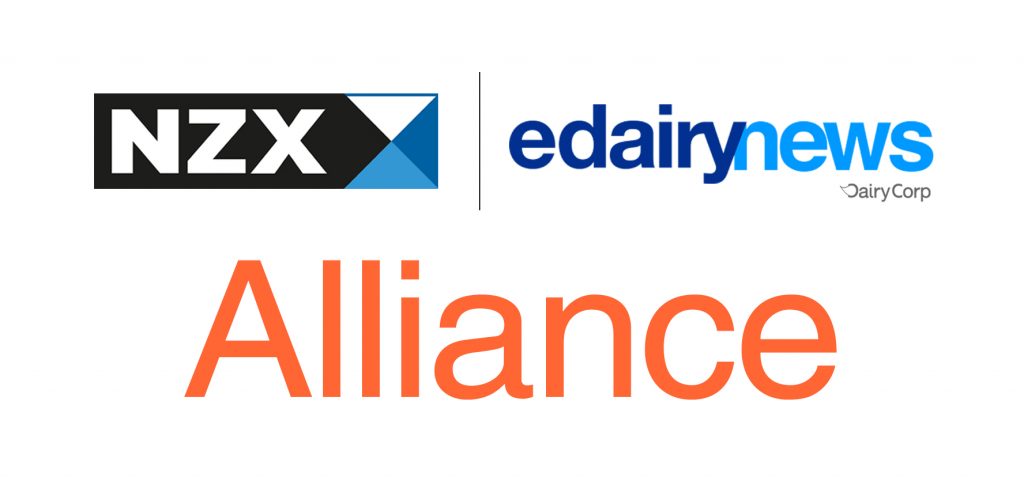When I started this job we had around 92 dairy farms. Today we sit just above 50. The rapid exit of dairy farming from the area has had profound effects on the local economy and the rural landscape that has defined Frederick County.
This is nothing new and is certainly not specific to this region. The loss of farms has been going on for many years now. In 1985, Maryland had around 2,200 dairy farms and in the 10 years after that about 100 were lost annually. As of this past summer we had 348. That number is probably closer to 340 today. We currently sit at 40,000 cows in Maryland, down from 120,000 in 1985.
In 2017, I wrote an article on what that loss of the dairy industry means to the local economy. I won’t go into the detail I did in that piece, but essentially I outlined how dairy is an important economic driver in communities. They support and use all sorts of businesses in the surrounding areas: plumbers, electricians, milk haulers, equipment sales, etc. The list goes on. Many businesses in Frederick County have closed over the years due to the declining number of farms. All you have to do is talk to anyone who was involved in agriculture back then to find out.
There are a lot of factors that have contributed to dairy’s decline. Natural attrition is one. Many farmers are aging out of the business with no one in the family willing to take over. Many I talk to ask why they would ever encourage their children to come back to the farm given the situation in the industry. There’s also the oversupply problem. Farmers have become so good at producing more milk while using fewer resources that they’ve outpaced demand. But I think some underlying factors are also contributing to the decline. First, I think dairy farmers need to look closely at the groups that are supposed to represent them and act as their marketing division. In the dairy industry this group is Dairy Management Inc. (DMI). They are the group that collects 1 cent per gallon of milk the farmer sells. That’s about 10 cents from one cow each day, or $15 a day from 150 cows. That’s money the farmer pays directly to DMI. This is a federal statute referred to as the milk checkoff.
These mandatory checkoff dollars are supposed to be used to promote dairy products and their development as well as exploring new markets for dairy products. What is not well-known is to what extent checkoff money is actually used for these purposes. Recently, the Milwaukee Journal Sentinel exposed what top executives at DMI make based on their IRS 990 form. The most shocking is that the top executive, Tom Vilsack, made $999,421 in his first year with DMI. You might remember that Vilsack served as U.S. secretary of agriculture from 2009 to 2017. The same Vilsack who led the removal of whole milk from public schools back in 2010. Whole milk was replaced by fat-free and 1 percent milk. Why is it that the group charged with finding new markets and uses for dairy products would be led by the person who dealt a huge blow to dairy farmers 10 years ago? Secretary Vilsack was a huge champion of the school lunch program implemented at the same time, which essentially did away with fat from the diet, be it right or wrong. Anecdotally, I have heard from some dairy processors that when they removed the fat from the milk, many kids stopped drinking as much white milk and switched to chocolate milk. Unfortunately, a great deal of sugar must be added to fat-free chocolate milk to make it palatable versus full-fat chocolate milk.
The top-heavy nature of an industry is not specific to dairy, but it hurts worse when those at the bottom of the industry, the producers, struggle to survive. The fact that their fate holds the future of rural America in the balance means that something must change and it needs to happen soon. The recent bankruptcy of Dean Foods Inc. has brought dairy into the spotlight, but it is focusing attention on the wrong thing. We shouldn’t be concerned with Dean Foods or Dairy Farmers of America, both of which have been previously convicted of price fixing to pay their farmers less. We should be concerned about the farmer. In turn, the farmer should be concerned about the people put in place to manage the programs they fund and how much those people are paid. At the end of the day, companies come and go and another will take their place. Once the farmer goes, more than just a business is lost.
It is also with a bit of sadness that I write this. This will be my last column as Dec. 31 is my last day with the University of Maryland Extension. The allure of farming was too much for me to resist any longer. At least this way I can practice what I have been preaching for the last three years. However, I know that this office is still in good hands with my co-worker and fellow Ag agent, Kelly Nichols. If you haven’t met Kelly, I suggest you do. Kelly is excellent to work with and has a great background in row crops and vegetables and will help anyone she can.
It has been an absolute pleasure working with all the farmers and citizens of Frederick County. I’m not going anywhere as I will be around Burkittsville most every day, so for those of you who have my number give me a call!
















